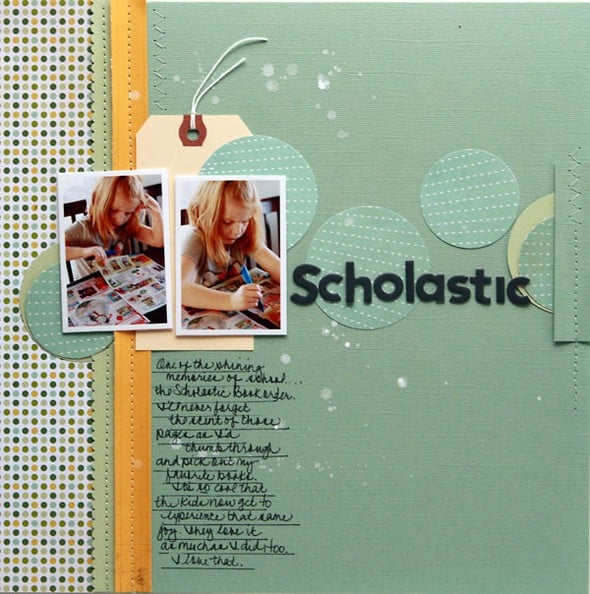

It is commonly used with producers of electronic music (EDM, hip-hop, pop) due to it being primarily MIDI and plug-in instrument-based. Cubase is also a fully capable surround-sound mixing environment. Each track has its own channel strip, which allows for detailed adjustments, and the overall layout of the mixer can be configured to your preference.

Faders, panning, equalizers, buses, group channels, effects returns, inserts, and meters are all easily accessed and automated. Cubase’s virtual mixer is designed to replicate its hardware counterpart, but with considerably more flexibility. With an unlimited potential for recording tracks, it is important to have a versatile environment in which to mix. Mixing and Mastering for the Electronic Musician.And now with the integration of Live Loops, you can arrange and create musical ideas in real time, adding or recording your own loops to the mix. Also, Iits wide array of instruments and loops allow you to play around with different sounds, without having to add the cost of a plug-in. It basically has everything you need to produce a song. If you’re only looking for a starting point, and you’re already used to the Apple interface, Logic would be an appropriate DAW. Its pros and cons are very similar to the pros and cons of any Apple devices: the user interface is very intuitive, but if you don’t know all of the ins and outs, there’s a lot that you could miss. With the user interface being very similar, the reason for using Logic instead would be for its different functions for production and mixing. If you’re familiar with GarageBand, Logic is the obvious upgrade.

TAKENOTE STUDIO PRO
Advanced Mixing and Mastering with Pro Tools.Producing Songwriting Demos with Pro Tools.If you’re not sure you want to commit to that hefty price tag, try the monthly subscription model. Its price may throw some people off, but if you plan to work in the industry, it’s an investment worth considering. It also functions as a great mixer, but is seen as inferior in its MIDI capabilities when compared to other DAWs, such as Logic Pro or Cubase.
TAKENOTE STUDIO HOW TO
Pro Tools is also recognized as the industry standard, meaning that if you’re going to be working with a professional studio, or collaborating with someone, it comes in handy knowing how to use Pro Tools. It can record up to 256 tracks, making it a great DAW for live recording. Pro Tools is known for its specialization in audio recording and editing. Price: From a $29 monthly subscription, to $599 for a perpetual license. Although Berklee Online students may often use DAWs like PreSonus Studio One and Soundtrap in their courses, the list here only features DAWs you can learn more extensively about by taking a course at Berklee Online. So here’s a list of the best DAWs to help you pick which DAW is right for you. Check out this helpful info from Berklee Online course author, Erik Hawk.īut DAWs do come at a price, and not everybody has the opportunity to experiment with all of them.


 0 kommentar(er)
0 kommentar(er)
